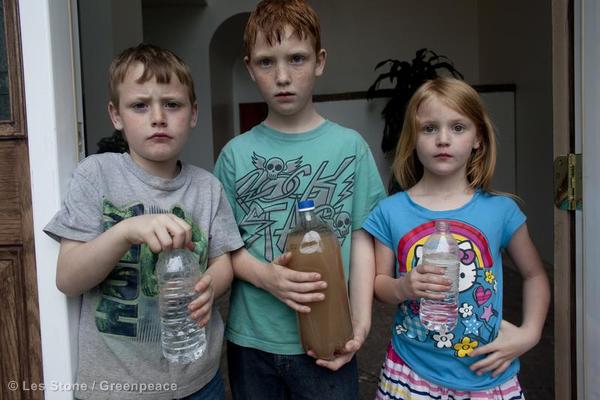Tania Caldwell
URB200
November 04, 2021
Racism and Workplace
In the United States, workplaces have been a site of the fight for social injustice. During the 60s, social justice movements, such as the Civil Rights movement, fought for the rights of the most vulnerable people in the workplace. Today, many organizations got together and unionized to bring change. One moment in history was the Olympics protest in the 60s against racism in the United States. According to the documentary “the story behind the Olympic protest,” two African American athletes protested peacefully against racism in the United States. Although those athletes might know that they would face the elimination of the USA team for their protection, they saw the Olympics as a platform to protest against the domestic racism that was going on. Similarly, last year, the WNBA put their passion for play and protection in their workplace against police brutality against black men in the street. Both periods of history demonstrated that organizing and protesting social injustice and supporting each other could bring attention and help make a call for change in our society.
The sport, the media, and the workplace have become the weapon to protect against racial injustices; for decades, we have seen how the sport in the United States had become in a space to bring racial injustices. The example of Muhamad Ali, Jack Robison, and Collin Kaepernick put their side their career to bring the media’s attention. The United States had not demonstrated equality regarding workers’ rights; an example of this, in the Mexico Olympics in the 60s, those black athletes represented their nation. Their nation discriminated against them and inhibited black people’s rights.
The workplace protects continuing across diverse cultures. The reading “Revolt of the NYC Delivery Workers” by Josh Dzieza showed that the most vulnerable workers could make a change by organizing and supporting each other. In the case of the Delivery workers, the intensive crimes in the metropolitan area, the lack of support by the police motivated those workers to use the medial social platform to bring all the issues that delivery workers faced. The deliveries workers organized and got the attention of politicians to protect against the lack of working conditions and unfair wages because of their immigration status. According to Dzieza, social media such as Facebook helped those workers communicate, meet, and walk into places such as City Hall or the NYPD precincts to protect against the lack of support of the states of policies and working conditions.
For decades, social struggles such as racism and discrimination in the workplace and outside had changed because leaders were not afraid to fight for social justice. The Olympic protest in Mexico City in the 60s, the WNBA in 2020, and the Deliveries workers show that the workplace could be a place to fight for benefits or wages and those issues that still create inequality in our society. In the case of the delivery workers, the immigration status, the injustice in their wage, the lack of working conditions for deliveries, they put out their problems and show support to each other. Also, the WNBA protest and the Olympic protest demonstrated that some social struggles could not be a disconnect of labor and the workplace.

References
Josh Dzieza, “Revolt of the NYC Delivery Workers,” Curbed, September 13, 2021.
“The story behind this iconic Olympics protest,” Vox, July 9, 2020.
“Nneka Ogwumike talks WNBA’s decision to postpone Wednesday’s games,” ESPN, August 26, 2020.






